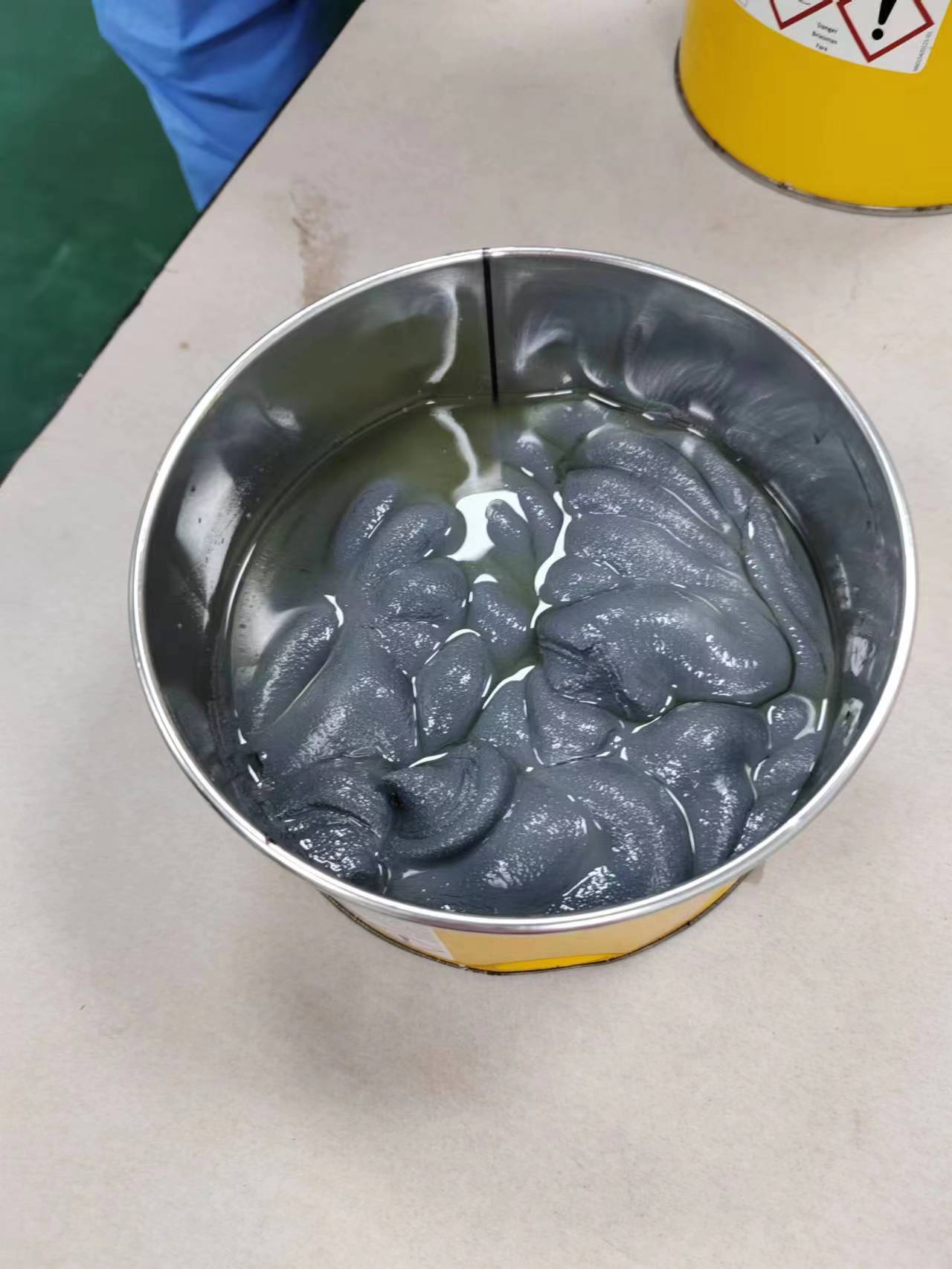Solutions
Horse Construction offers full range of structural strengthening materials with technical supports, documentation supports, products supports, project supports.
Disadvantages of Layering Of Epoxy Resin

When you use epoxy adhesive, you will inevitably encounter the problem of adhesive layering. So what are the disadvantages of adhesive booklets? Let's study together now
Delamination: If the layers of epoxy resin are not properly bonded or if there are contaminants present between the layers, delamination can occur. Delamination refers to the separation or peeling of the layers, which can reduce the structural integrity of the epoxy coating or composite.
Air entrapment: During the layering process, it can be challenging to completely remove air bubbles or entrapped air between the layers. Air entrapment can result in voids or weak spots within the epoxy coating, affecting its overall strength and appearance.
Curing issues: Epoxy resin requires proper curing to achieve its full strength and properties. When layering epoxy, there is a risk of incomplete curing between the layers, especially if the curing conditions are not controlled or if the thickness of each layer is too thick. Inadequate curing can lead to reduced mechanical properties and compromised adhesion.
Uneven thickness: Achieving a consistent and even thickness across multiple layers can be difficult, especially when applying epoxy resin manually. Variations in thickness can affect the visual appearance and performance of the coating or composite.
Time-consuming process: Layering epoxy resin requires applying each layer, allowing it to cure, and repeating the process for subsequent layers. This can be a time-consuming process, particularly for projects that require numerous layers or have large surface areas to cover.
Cost: Layering epoxy resin may require a larger quantity of epoxy material, increasing the overall cost of the project. Additionally, if mistakes or issues occur during the layering process, it may result in wastage of epoxy resin and additional expenses.
It's important to note that many of these disadvantages can be mitigated or minimized through proper surface preparation, application techniques, and adherence to manufacturer's guidelines. Additionally, using high-quality materials and ensuring appropriate curing conditions can help overcome some of these challenges.
When there is a layering problem with the adhesive, the following methods can be tried to solve it:
Shake well: Gently shake the glue container to thoroughly mix the ingredients inside. Some glues may delaminate due to the precipitation of their components, which can be remixed by shaking well.
Heating: Some adhesives are prone to delamination at low temperatures. Heat the glue container in warm water for a period of time, but do not overheat to avoid affecting the glue performance. Heating can help the glue components blend better.
Stirring: Use a clean rod or stirrer to gently stir the glue to fully mix its ingredients. Ensure that the tools used are clean to avoid contaminating the glue.
Adding diluent: Depending on the type of glue, you can try adding an appropriate amount of diluent, such as water or a specific diluent, and then stir evenly. This can help readjust the concentration and composition ratio of the glue.
Filtration: If there are solid particles or impurities in the glue, a filter or paper can be used to filter the glue and remove the impurities.
You can find anything here you are in need of, have a trust trying on these products, you will find the big difference after that.